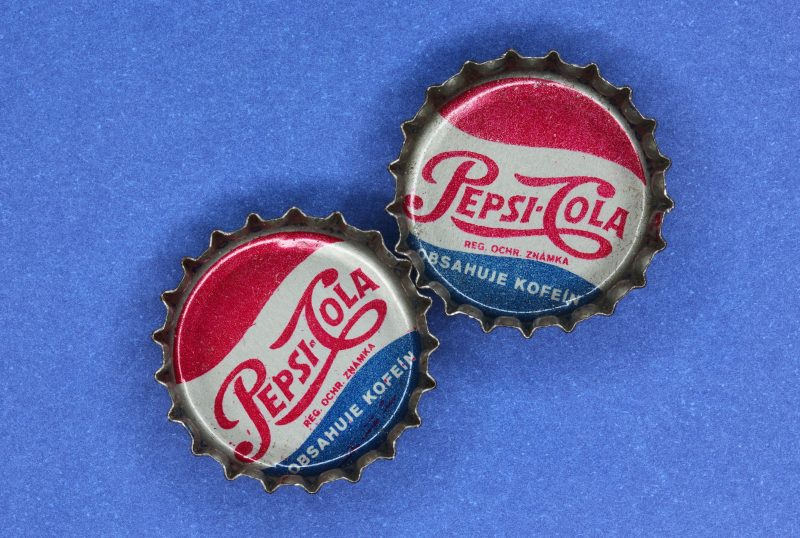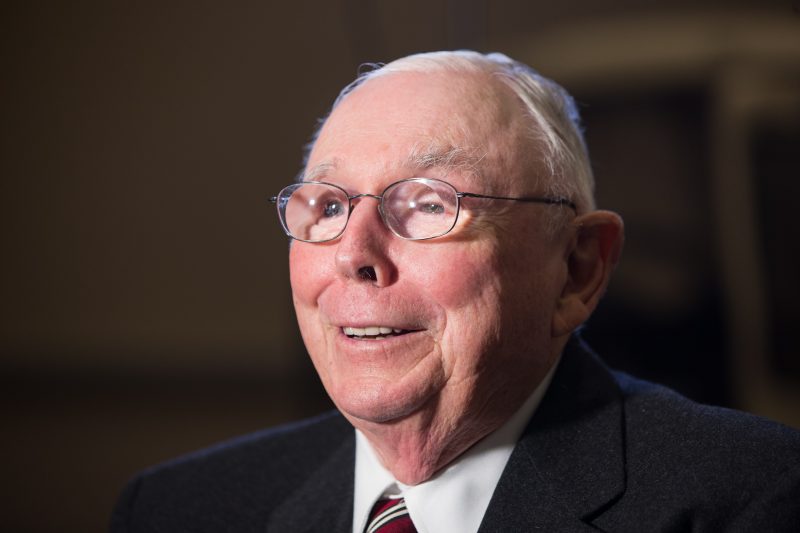How My Grandpa Dennis Could Have Turned His Pepsi Habit Into a 7-Figure Estate
How My Grandpa Dennis Could Have Turned His Pepsi Habit Into a 7-Figure Estate I’ve written in the past about how nearly every American alive today has been confronted with perhaps a dozen different companies that they knew first hand because they enjoyed using the firm’s products for years (in some cases, their whole life)…







